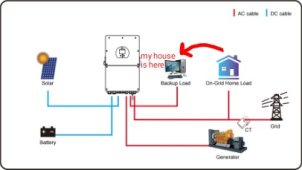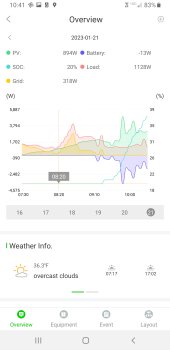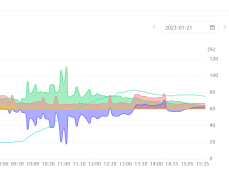Think About It
Solar Enthusiast
- Joined
- Sep 6, 2022
- Messages
- 239
I'm curious why you are using "Limited to home". I've gotten conflicting information about this from Sol-Ark. The more experienced techs have stated that I should be "Limited to Load" for my use case. They explained that I only would use "Limited to Home" if my Sol-Ark was wired as a sub-panel off my main load center.I have Solar Assistant attached also but I use Power view to change my settings. While I could use Solar Assistant to make changes I find Power view easier. Solar Assistant just shows the information better for you. If you want the gen to auto start and charge you will need to check gen charge for all time periods and set it lower than your grid charge settings. I think once you familiarize yourself with it you will find it much easier to set a grid charge period get your batteries at 100% then work off your batteries. Otherwise you will be endlessly checking on your system to get what you want. If you let the Sol Ark do its thing you almost never have to mess with it unless something happens out of the ordinary. I check mine once a day usually to set up which 2 hrs of the day I will charge. I find we work well in the 40-100% SOC range but can go much lower if we have a grid outage. I also grid sell our excess. I have never used load priority but from your post I think I can do everything you are asking for. On my attachments yesterday we had power for $2.5 cents per kWH from 2300-0400. I elected to charge my batteries and stay on grid for those hours. These are the settings I used to do that. At 0400 we went back on battery and off grid. I figured with cheap power might as well use it.









